End-to-end development lifecycle for data engineers to build a data integration pipeline using AWS Glue
AWS Big Data
JULY 26, 2023
You can use your preferred IDE to implement AWS resource definition using the AWS Cloud Development Kit (AWS CDK) or AWS CloudFormation , and also the business logic of AWS Glue job scripts for data integration. To learn more about how to implement your AWS Glue job scripts locally, refer to Develop and test AWS Glue version 3.0

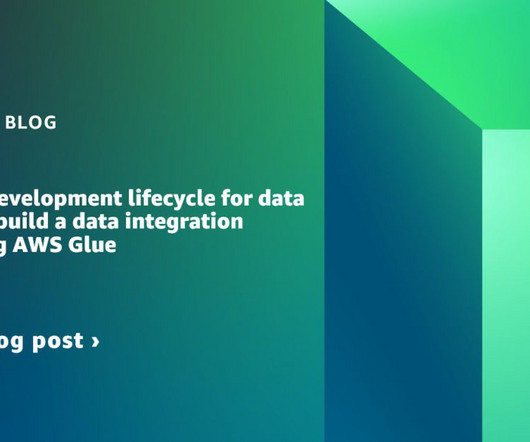
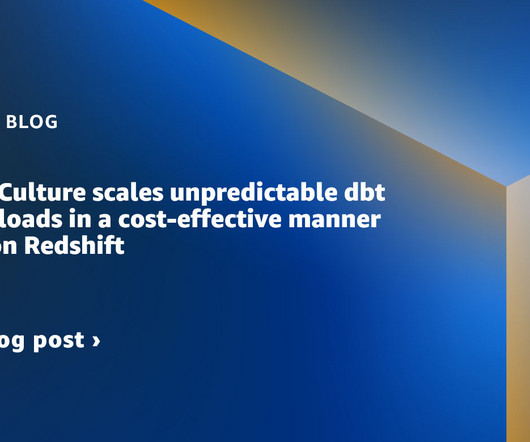
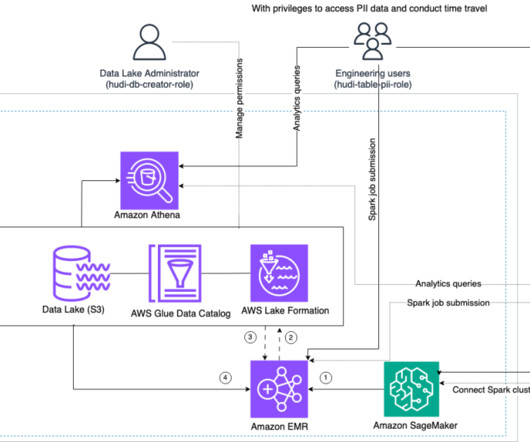
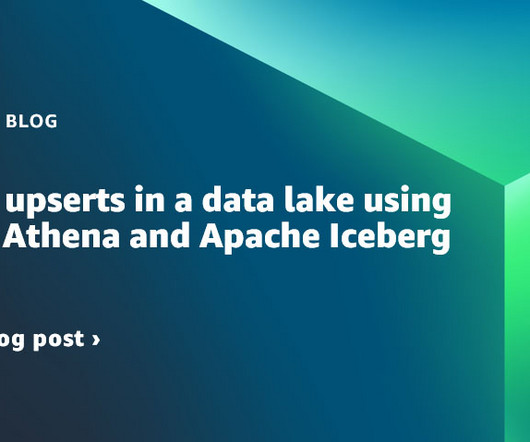
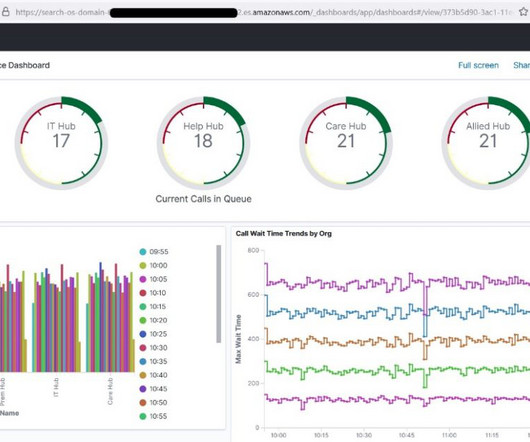

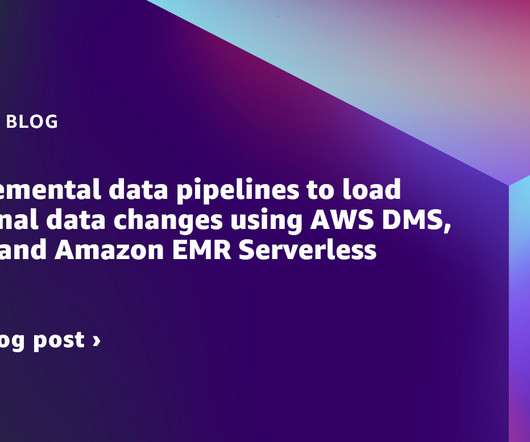
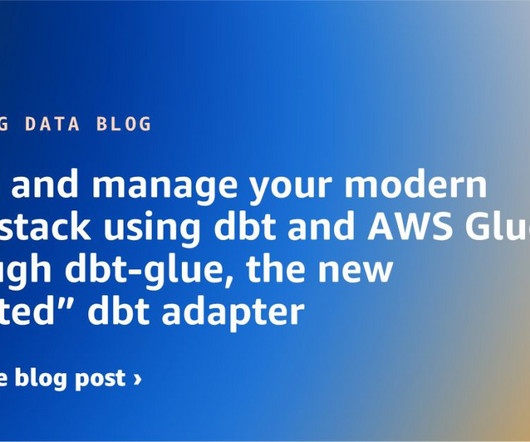
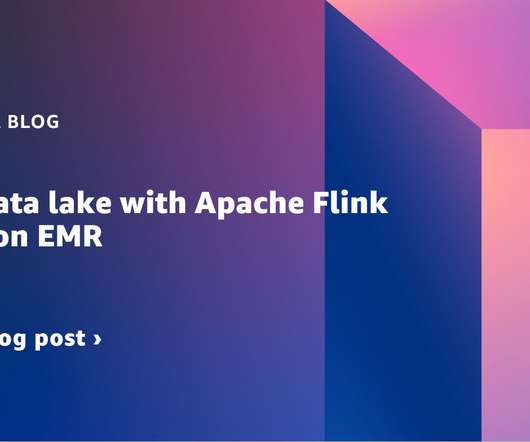









Let's personalize your content